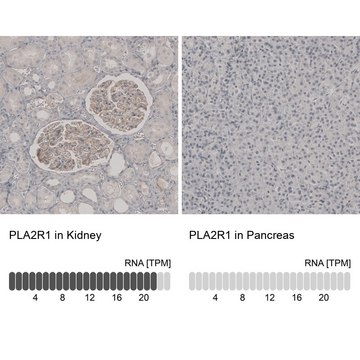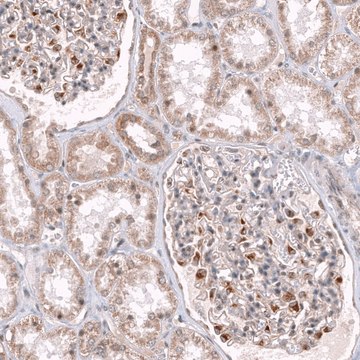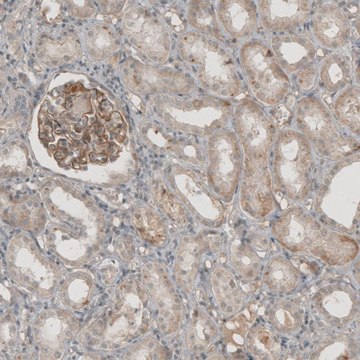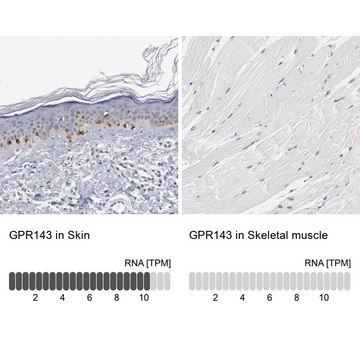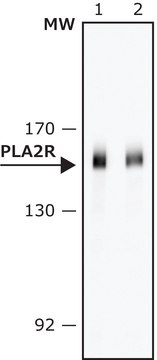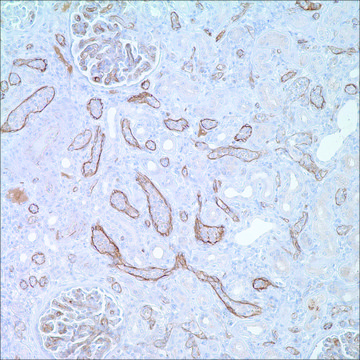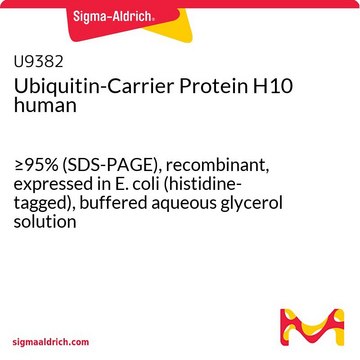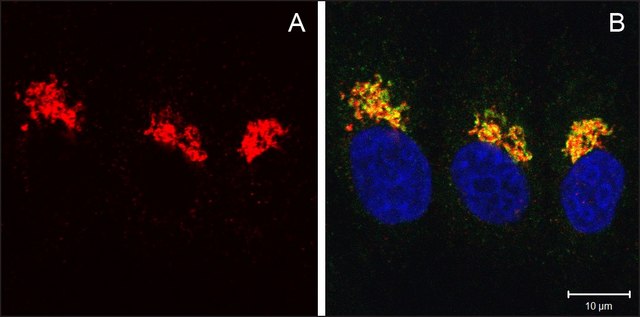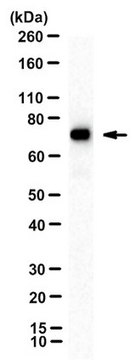SAB4200211
Anti-Phospholipase A2 (cPLA2) (N-terminal) antibody produced in rabbit
~1.5 mg/mL, affinity isolated antibody
Synonym(s):
Anti-PLA2G4, Anti-PLA2G4A, Anti-cPLA2-alpha, Anti-cytosolic phospholipase A2, group IVA
About This Item
Recommended Products
biological source
rabbit
conjugate
unconjugated
antibody form
affinity isolated antibody
antibody product type
primary antibodies
clone
polyclonal
form
buffered aqueous solution
mol wt
~100 kDa
species reactivity
human
packaging
antibody small pack of 25 μL
concentration
~1.5 mg/mL
technique(s)
immunoprecipitation (IP): 15-30 μg using HEK-293T cells over expressing human cPLA2
western blot: 1.5-3 μg/mL using extracts of HEK-293T cells over expressing human cPLA2
UniProt accession no.
shipped in
dry ice
storage temp.
−20°C
target post-translational modification
unmodified
Gene Information
human ... PLA2G4A(5321)
General description
Fragment mixture prepared by cleavage of λDNA with Hind III.
The product is also available as DNA Molecular Weight Marker II, Digoxigenin-labeled.
Size Range: 0.12 to 23.1 kbp
Contents
Ready-to-use solution, 250 μg/mL, in TE buffer (Tris-HCl, 1 mM EDTA, pH 8.0)
Specificity
Application
Biochem/physiol Actions
Physical form
Storage and Stability
Disclaimer
Not finding the right product?
Try our Product Selector Tool.
Storage Class Code
10 - Combustible liquids
Flash Point(F)
Not applicable
Flash Point(C)
Not applicable
Regulatory Information
Choose from one of the most recent versions:
Certificates of Analysis (COA)
Don't see the Right Version?
If you require a particular version, you can look up a specific certificate by the Lot or Batch number.
Already Own This Product?
Find documentation for the products that you have recently purchased in the Document Library.
Our team of scientists has experience in all areas of research including Life Science, Material Science, Chemical Synthesis, Chromatography, Analytical and many others.
Contact Technical Service